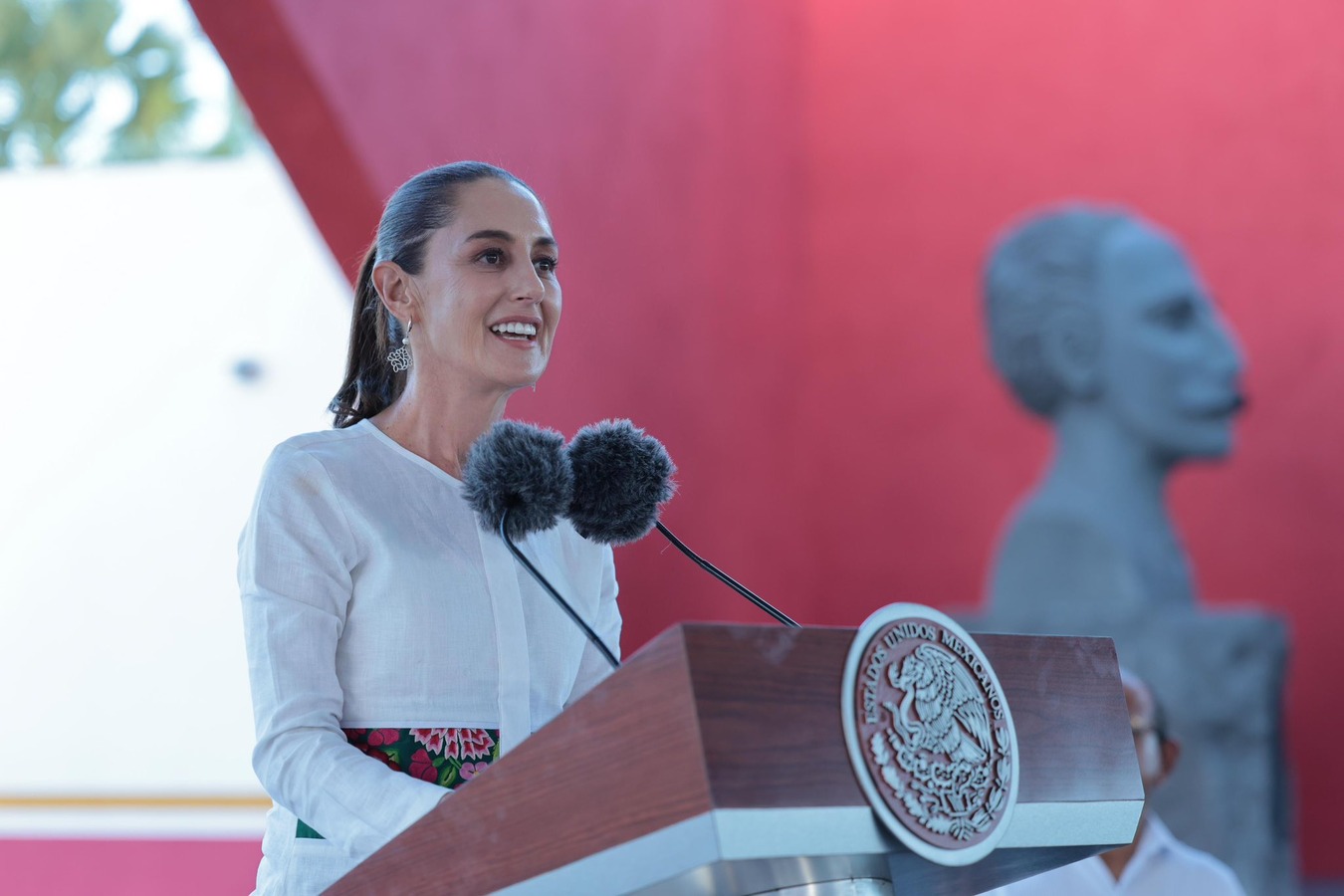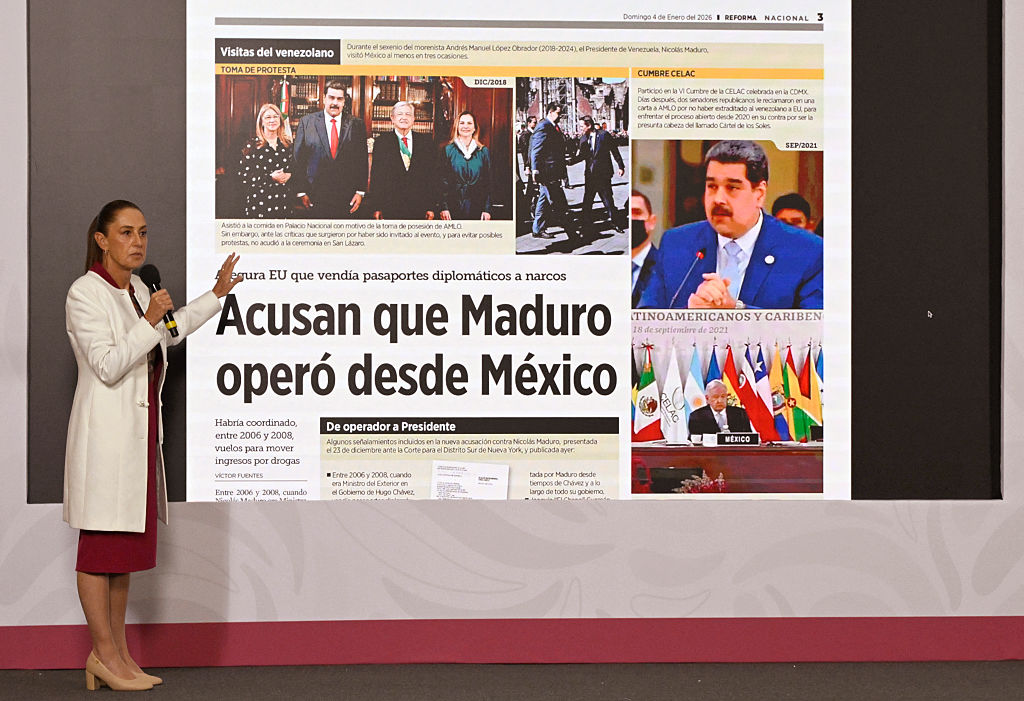Mexican President Mends Fences in Cuba
Mexican President Mends Fences in Cuba
Mexico's President Felipe Calderón traveled to Cuba April 11 to restore frayed relations. Heralding a “renewed phase” in bilateral ties, the president’s agenda focused on trade and cooperation.
Seeking to improve frayed relations, Mexico’s President Felipe Calderón undertook a two-day visit to Cuba this week. The visit is the first by a Mexican leader in a decade and fulfills Calderón’s long-time promise to restore bilateral relations, which soured under his predecessor. Arriving in Havana on April 11, Calderón told the press he hopes to launch a “renewed phase” in Mexico’s ties with Cuba, bringing them “to their best level.” Discussions between the Mexican and Cuban leaders focused on cooperation and investment.
Mexico’s amicable relations with Cuba were once a point of national pride. Under the seven-decade rule of the Institutional Revolutionary Party (PRI), Mexico’s ties to Cuba were among the closest in the hemisphere. Mexico was the only country in Latin America to defy Washington’s demands to cut off diplomatic ties with Cuba after the Cuban Revolution, and the country went to great lengths to maintain that relationship.
But things changed with the 2000 election of the National Action Party‘s President Vicente Fox. In a 2002 visit to Cuba—the last visit by a Mexican president to the island—Fox riled the Cuban government by meeting with dissident groups. Later that year, Fox asked Castro to leave a Monterrey UN summit before the arrival of U.S. President George W. Bush in what became known as the “eat and run” incident. Mexico and Cuba briefly withdrew ambassadors from one another’s countries in 2004 after Mexico supported a UN vote condemning Cuba’s human rights record.
Calderón vowed to fix the relationship upon taking office in 2006. Though he promised to visit Cuba early in his term, the trip was delayed until this week, with only eight months remaining in his six-year term. In a piece for Infolatam, Cuba expert Arturo López Levy argues Mexico’s reengagement with Cuba allows the country to reclaim its role as a “bridge” for any future negotiations between the United States and Cuba. TIME reports that restoring that go-between role could help Mexico “relocate its diplomatic mojo” in Latin America at a time when the country increasingly finds itself in the shadow of a rising Brazil.
During the time that Mexican-Cuban relations frayed, several Latin American countries moved in to take Mexico’s place. Venezuela is now Cuba’s closest regional ally and largest trading partner. Cuba also found diplomatic and economic support through other members of the Bolivarian Alliance. In a February 2012 visit to Cuba, Brazilian President Dilma Rousseff announced a number of investment and development deals. She pledged millions in loans and an $800 million renovation of Cuba’s port of Mariel.
As such, trade and cooperation dominated Calderón’s private meeting with Cuban President Raúl Castro. The Mexican president expressed support for improving bilateral cooperation in healthcare, education, culture, and energy. Though Spanish petroleum company Repsol YPF is leading exploration of oil deposits in the Cuban Gulf of Mexico, Calderón expressed support for Mexican “technical cooperation” in offshore oil. Morever, the two leaders signed a non-binding letter of intent for joint exploration efforts between the Cuban oil firm Cupet and Mexican state-oil company Pemex in the Gulf of Mexico. According to the Cuba Standard, Cuba sees joint oil exploration as way to settle the island’s outstanding debt of $500 million with Mexico—an issue that Calderón did not raise. However, some questioned the feasibility of these agreements. Commenting on the oil agreement, Cuba energy expert Jorge Piñon told Reuters: "Pemex does not have the capital and/or technology for their own development so I do not see how they would do it in Cuba…If they do it, it would be totally political.”
Those who hoped Calderón would address human rights issues were disappointed. Like Rousseff during her February visit and Pope Benedict XVI during his stay in March, Calderón did not mention the issue. However, Calderón did criticize the 50-year U.S. trade embargo against Cuba as “unjustified.” Calderón met privately with Archbishop of Havana Cardinal Jaime Ortega before departing on Thursday. The president traveled on to Haiti before heading to the Sixth Summit of the Americas in Cartagena, Colombia. Cuba’s exclusion from that summit provoked controversy, prompting the boycott of the summit by Ecuadoran President Rafael Correa. Latin American leaders will address Cuba’s absence during the conference.
Learn More:
- Read about the bilateral meeting between Felipe Calderón and Raúl Castro on the Presidency of Mexico’s website.
- See photos from Calderón and Castro’s meeting on Cuban state press blog Cubadebate.
- Read about expectations for the trip in a GlobalPost article.
- Learn about Mexico and Cuba’s historic ties in a 2004 article from The Havana Journal.








